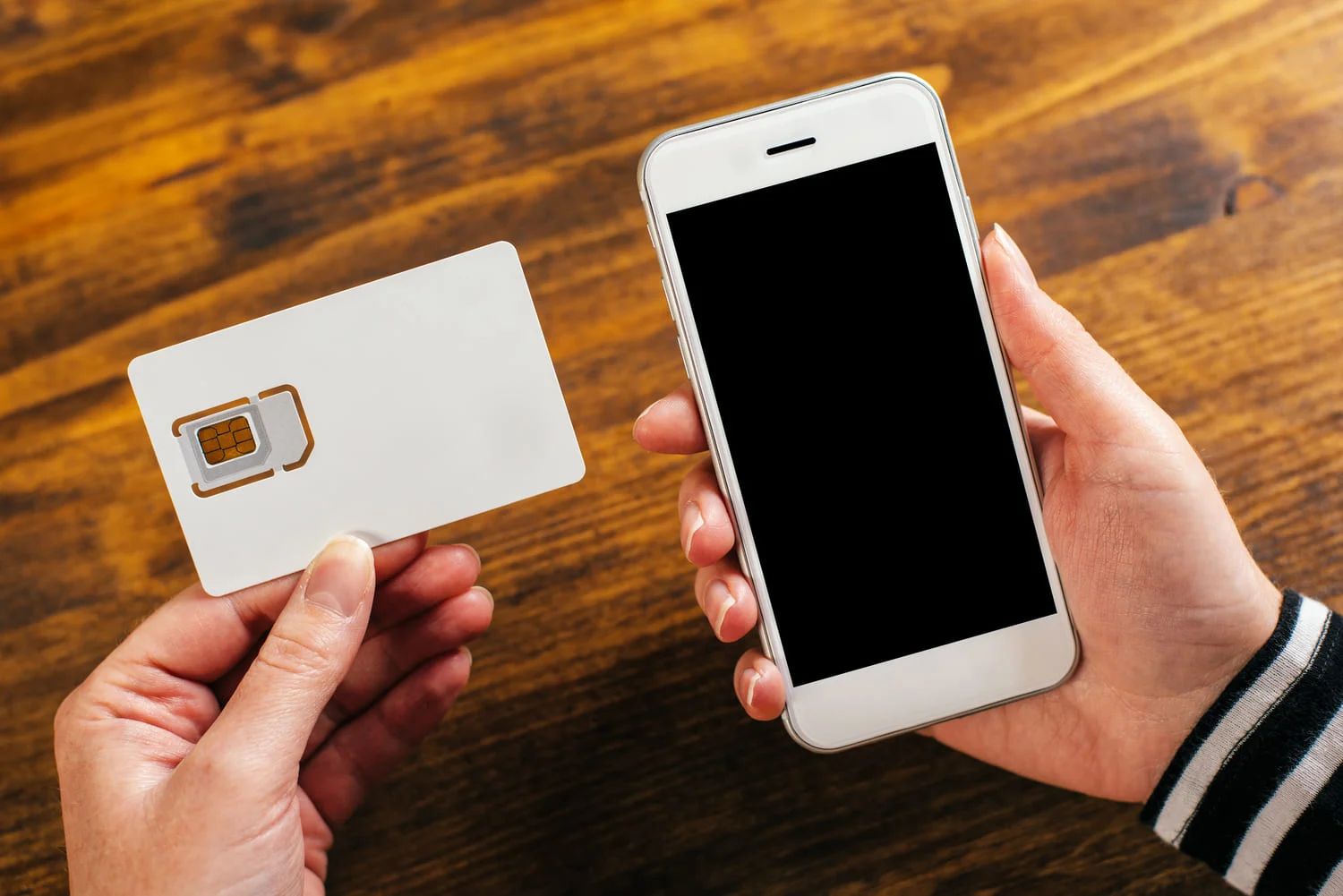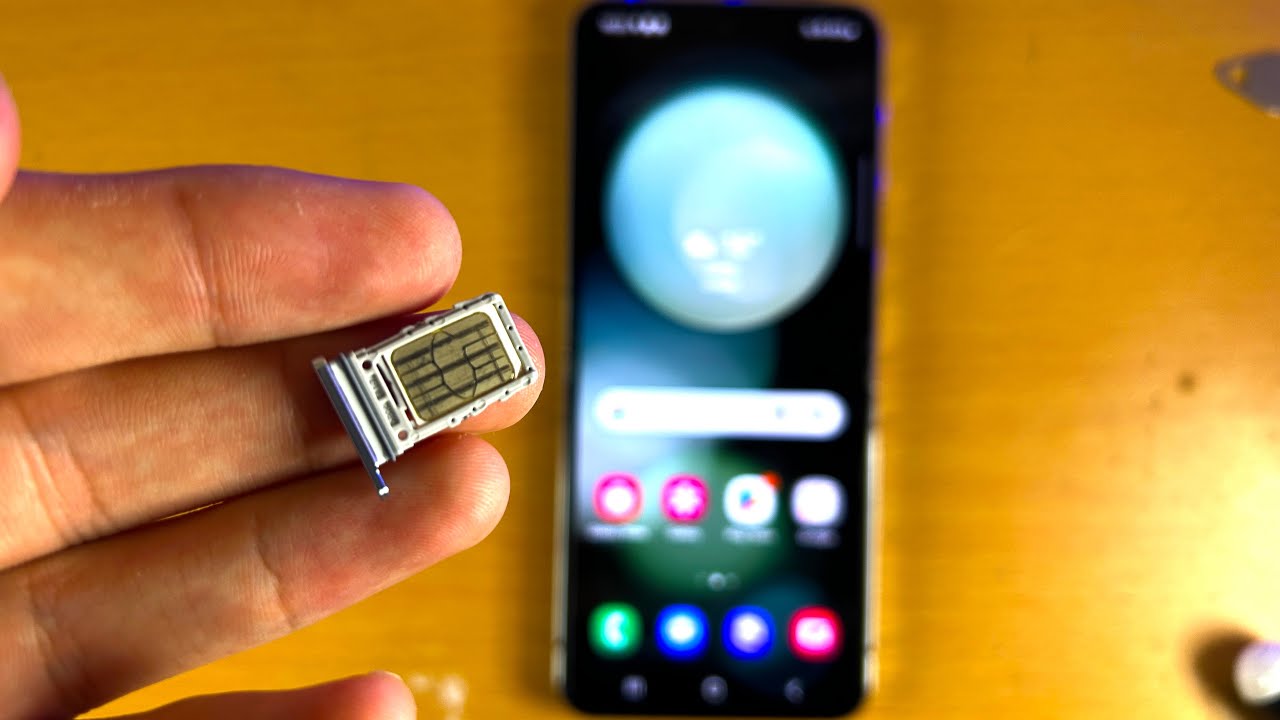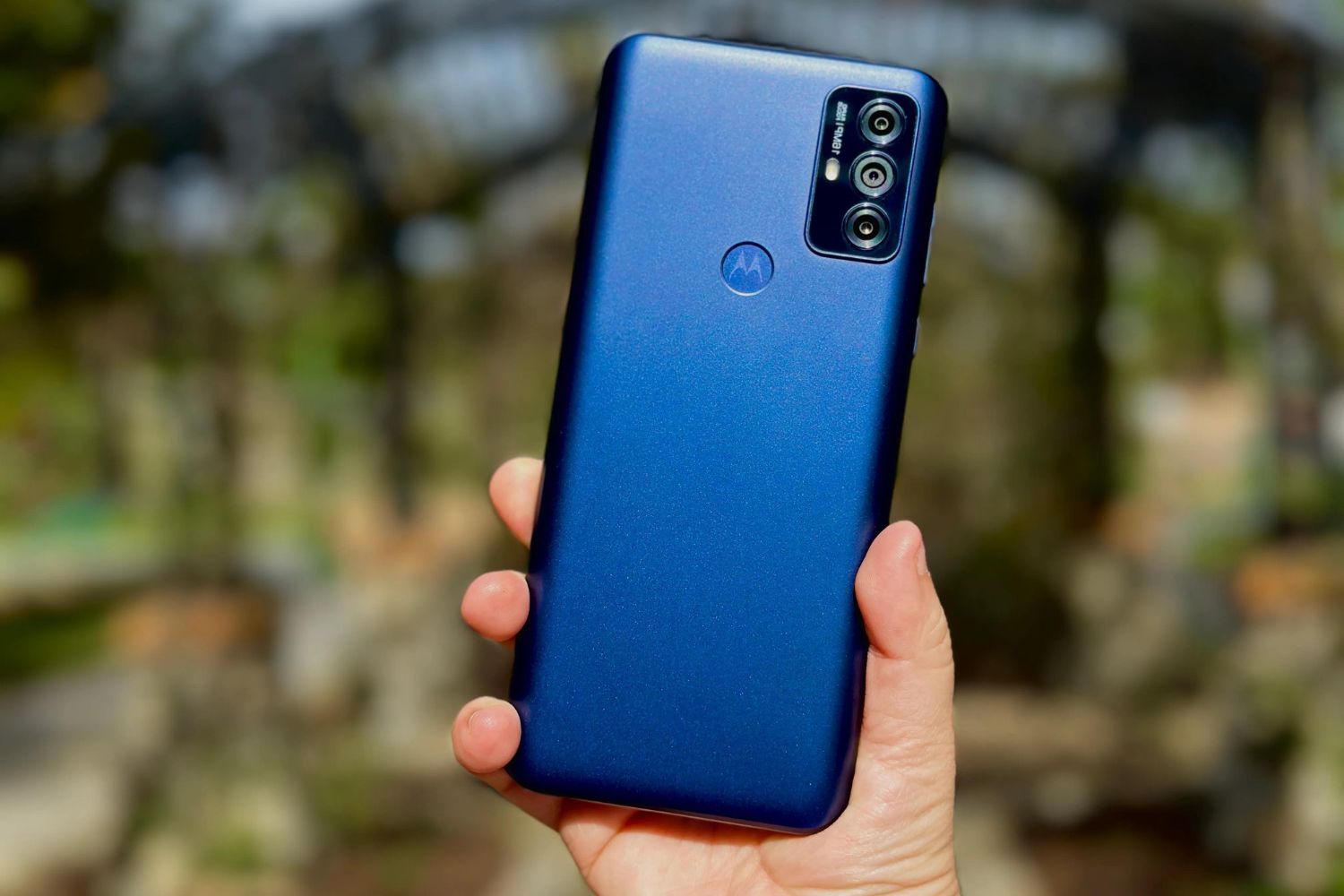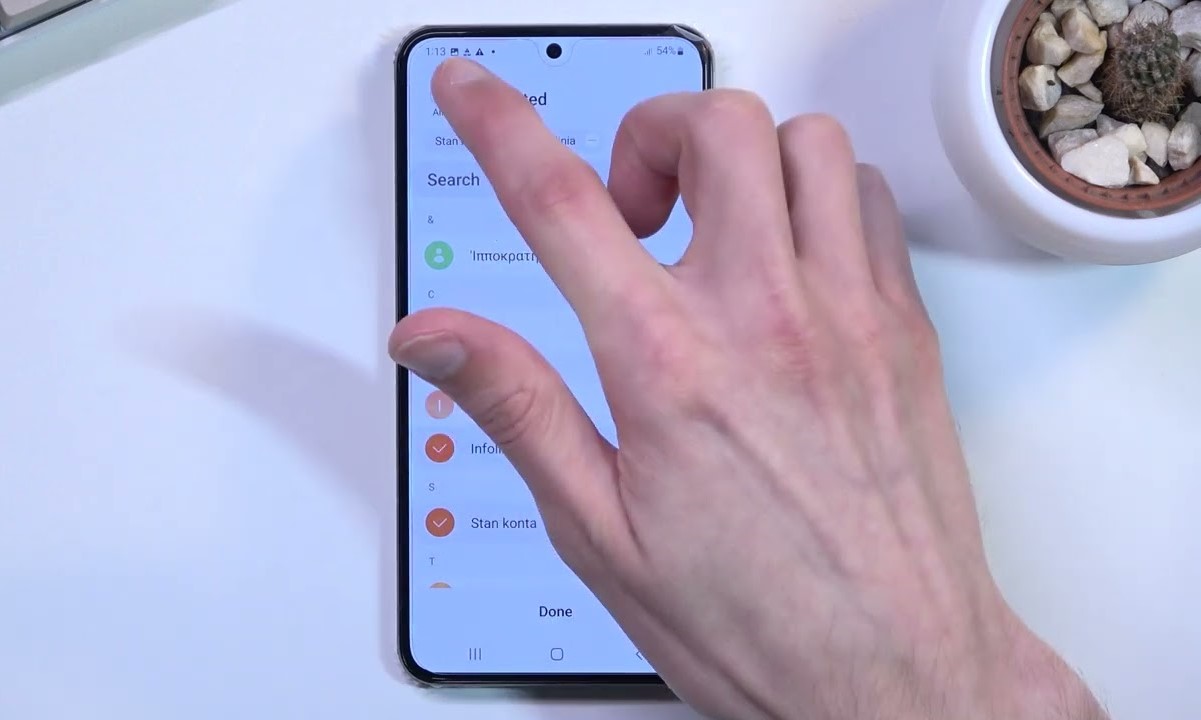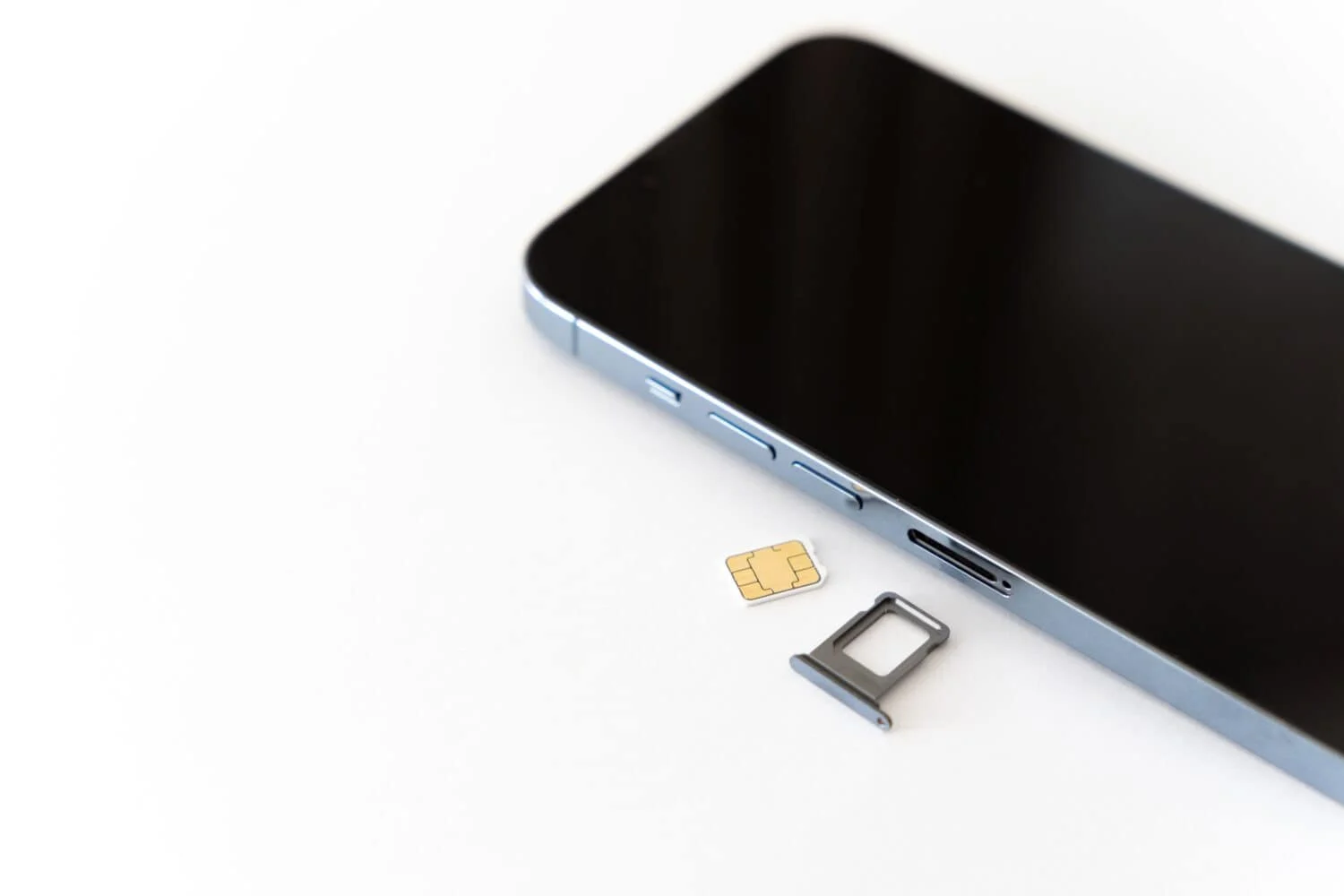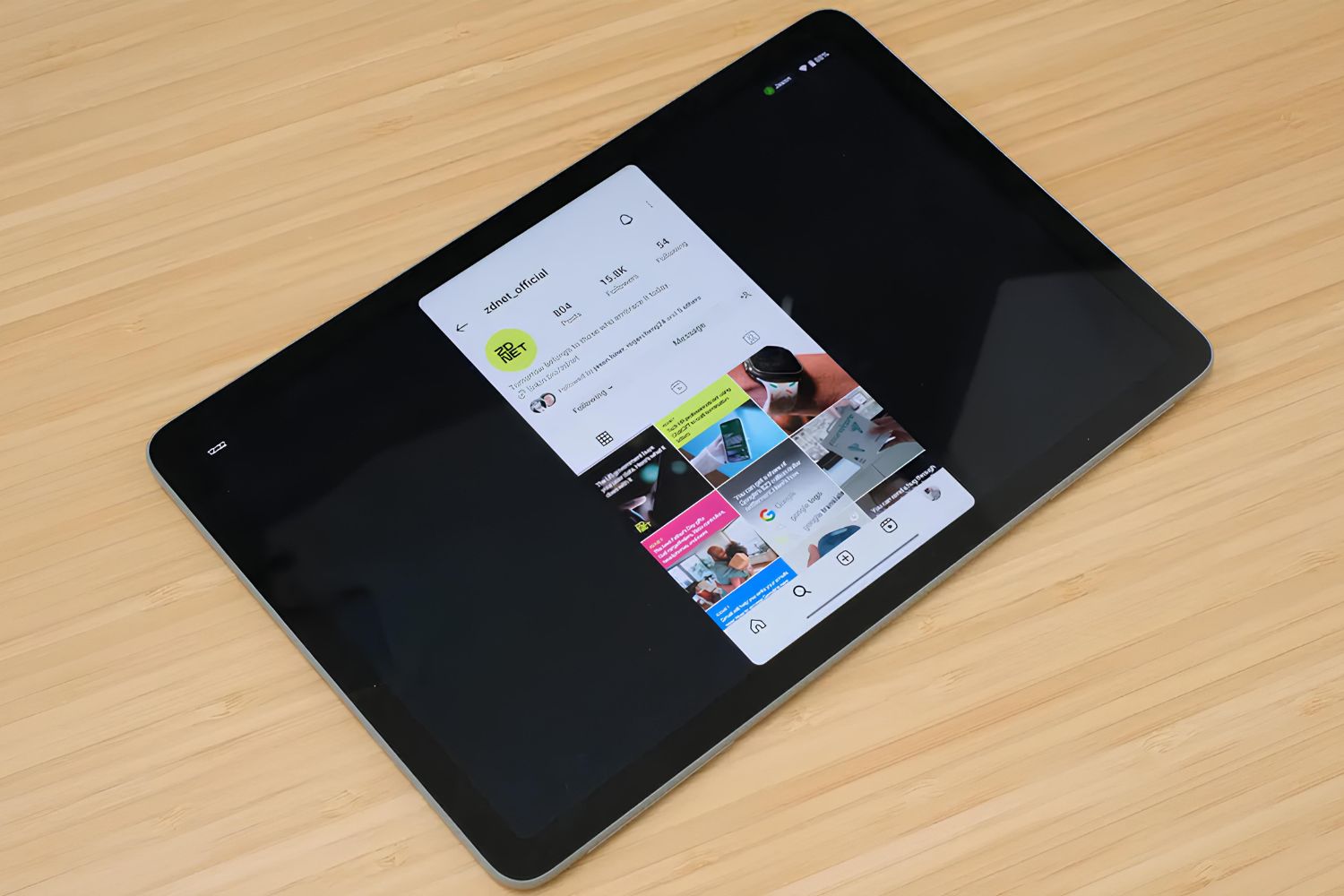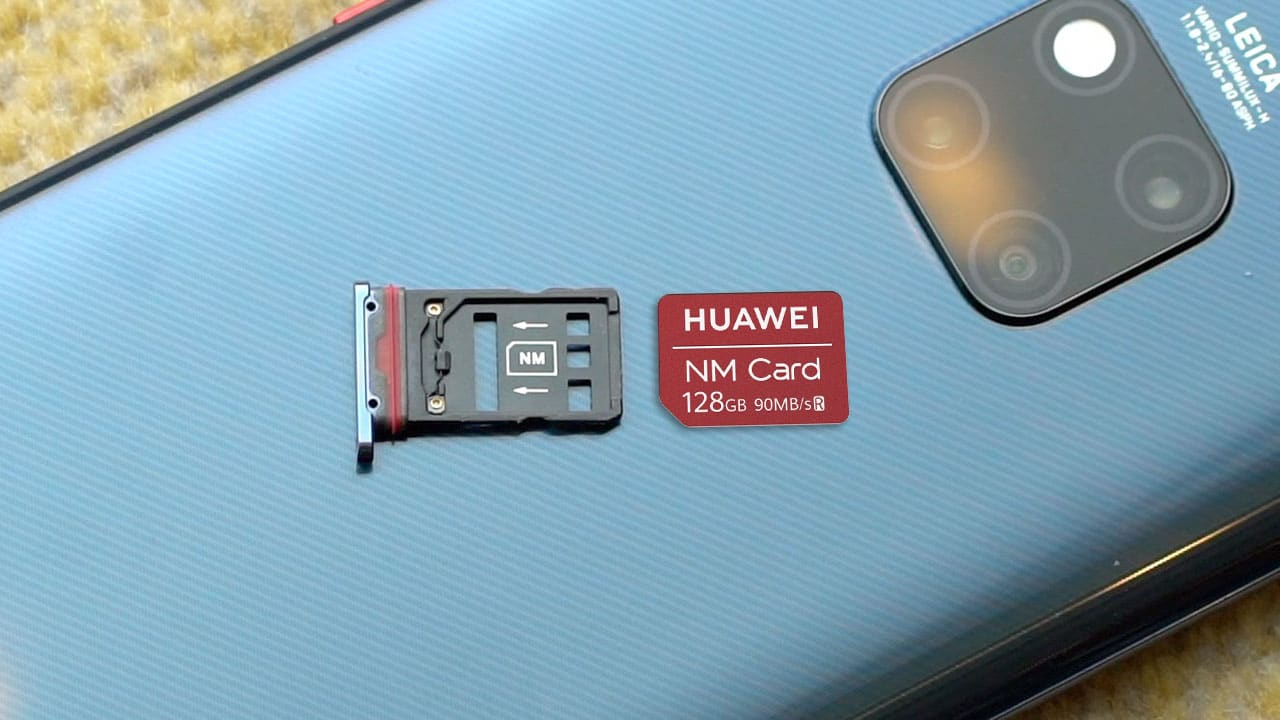Introduction
Welcome to the world of mobile devices, where the possibilities are endless and the connectivity is paramount. Whether you're a tech enthusiast or a casual user, understanding how to connect a SIM card to your phone is a fundamental skill in maximizing the potential of your device. In this comprehensive guide, we'll walk you through the process step by step, ensuring that you can seamlessly integrate your SIM card with your phone and embark on a journey of seamless communication and connectivity.
The Subscriber Identity Module (SIM) card is a small but powerful component that plays a pivotal role in enabling your phone to connect to a mobile network. It holds crucial information such as your phone number, network authorization data, and personal contacts, making it an indispensable part of your mobile experience. By understanding how to properly connect your SIM card to your phone, you'll unlock the ability to make calls, send messages, and access mobile data, empowering you to stay connected wherever you go.
Whether you're activating a new SIM card or transferring an existing one to a new device, this guide will equip you with the knowledge and confidence to complete the process with ease. By following the steps outlined in this guide, you'll be able to harness the full potential of your mobile device, ensuring that you're always connected and ready to seize every opportunity that comes your way.
So, without further ado, let's dive into the essential steps to connect your SIM card to your phone and embark on a seamless mobile experience. Whether you're a seasoned mobile user or a newcomer to the world of smartphones, this guide is designed to simplify the process and empower you to make the most of your mobile connectivity.
Step 1: Gather the necessary tools
Before embarking on the process of connecting your SIM card to your phone, it's essential to gather the necessary tools to ensure a seamless and efficient experience. By having the right tools at your disposal, you can streamline the process and minimize the chances of encountering any hiccups along the way.
Here's a list of the essential tools you'll need to gather:
-
SIM Card Removal Tool or Paperclip: Most modern smartphones feature a SIM card tray that requires a specialized tool for ejecting it. This tool is typically included with your phone at the time of purchase. However, if you don't have it on hand, a simple paperclip can serve as an effective alternative for ejecting the SIM card tray.
-
SIM Card: Whether you're activating a new SIM card or transferring an existing one from another device, ensure that you have the SIM card readily available. The SIM card is a small, rectangular card that contains crucial information such as your phone number, network credentials, and personal contacts. It's essential to handle the SIM card with care to avoid any damage that could potentially hinder its functionality.
-
Stable Surface: To prevent any mishaps during the process of inserting the SIM card, it's advisable to work on a stable and well-lit surface. This will provide a conducive environment for handling the SIM card and ensure that you can accurately align it with the designated slot in your phone.
By gathering these essential tools, you'll be well-prepared to initiate the process of connecting your SIM card to your phone. With the necessary tools in hand, you can proceed with confidence, knowing that you have everything you need to complete the task efficiently and effectively.
Remember, the key to a successful SIM card connection lies in meticulous preparation, and by gathering the necessary tools, you're setting the stage for a smooth and hassle-free experience. With these tools at your disposal, you're ready to move on to the next step and bring your SIM card and phone together in perfect harmony.
Step 2: Locate the SIM card slot
Locating the SIM card slot on your phone is a crucial step in the process of connecting your SIM card. The SIM card slot is where the SIM card will be inserted, allowing your phone to establish a connection with the mobile network. While the exact location of the SIM card slot may vary depending on the make and model of your phone, there are general guidelines that can help you easily locate it.
-
Refer to the Phone's Manual: If you're unsure about the location of the SIM card slot on your phone, the first point of reference should be the phone's manual or user guide. These resources often contain detailed illustrations and instructions on the physical layout of the phone, including the location of the SIM card slot. If you no longer have the physical manual, you can typically find a digital version on the manufacturer's website.
-
Inspect the Exterior: In most cases, the SIM card slot is located on the exterior of the phone. It may be positioned along the sides of the device, typically near the top or bottom. Look for a small, often rectangular or oval-shaped slot with a pinhole next to it. This pinhole is where the SIM card removal tool or paperclip will be inserted to eject the SIM card tray.
-
Check Under the Battery Cover (If Applicable): Some phones, particularly older models, may have the SIM card slot located underneath the battery cover. If your phone features a removable back panel, carefully remove the cover and inspect the area beneath it. The SIM card slot may be positioned adjacent to the battery compartment, and it will typically have a label indicating its purpose.
-
Consult Online Resources: If you're still unable to locate the SIM card slot, consider searching online for specific instructions related to your phone model. Many manufacturers provide support articles, videos, or diagrams that can guide you through the process of finding and accessing the SIM card slot on your particular device.
By taking these steps, you'll be well-equipped to locate the SIM card slot on your phone with confidence and precision. Once you've successfully identified the SIM card slot, you'll be ready to proceed to the next step of inserting the SIM card and initiating the connection process. With the SIM card slot in sight, you're one step closer to harnessing the full potential of your mobile device.
Step 3: Insert the SIM card
With the SIM card slot located and the necessary tools at hand, it's time to proceed with the pivotal step of inserting the SIM card into your phone. This process requires precision and care to ensure that the SIM card is properly aligned and securely positioned within the designated slot. Here's a detailed walkthrough of the steps involved in inserting the SIM card:
-
Power Off Your Phone: Before inserting the SIM card, it's advisable to power off your phone to prevent any potential disruption to the device's functionality. This simple precaution ensures a smooth and uninterrupted process of inserting the SIM card without any interference from the phone's operations.
-
Eject the SIM Card Tray: Using the SIM card removal tool or a paperclip, gently insert the tool into the pinhole adjacent to the SIM card slot. Apply a slight amount of pressure to trigger the ejection mechanism, causing the SIM card tray to partially protrude from the phone. Carefully pull out the SIM card tray to reveal the slot where the SIM card will be placed.
-
Position the SIM Card: Take the SIM card in hand and carefully align it with the shape of the slot on the SIM card tray. Most SIM cards have a notched corner that corresponds to the orientation of the slot, ensuring that the card can only be inserted in one direction. Align the SIM card accordingly, ensuring that it fits snugly within the designated area.
-
Insert the SIM Card Tray: Once the SIM card is properly positioned on the tray, gently slide the tray back into the SIM card slot until it is fully seated within the phone. Ensure that the tray moves smoothly without any resistance, indicating that the SIM card has been securely inserted.
-
Power On Your Phone: With the SIM card successfully inserted, power on your phone to initiate the process of recognizing and activating the SIM card. Upon powering on the device, it will begin the initialization process, establishing a connection with the mobile network and configuring the SIM card for use.
By following these steps with precision and attention to detail, you can confidently insert the SIM card into your phone, setting the stage for seamless connectivity and access to mobile services. With the SIM card securely in place, you're ready to move on to the next phase of setting up the SIM card and unlocking the full potential of your mobile device.
Step 4: Power on your phone
After successfully inserting the SIM card into your phone, the next crucial step is to power on your device. This seemingly simple action plays a pivotal role in initiating the recognition and activation of the SIM card, allowing your phone to establish a connection with the mobile network and enabling access to essential services such as calls, messages, and mobile data.
Powering on your phone after inserting the SIM card is a straightforward process, but it marks a significant transition in the journey toward seamless connectivity. Here's a detailed overview of the steps involved in powering on your phone and initializing the SIM card:
-
Press and Hold the Power Button: Located on the side or top of your phone, the power button is typically used to turn the device on and off. Press and hold this button for a few seconds until you see signs of the phone powering up. Depending on the make and model of your phone, you may observe the manufacturer's logo or an animated boot-up sequence as the device comes to life.
-
Wait for the Initialization Process: Upon powering on your phone, it will begin the initialization process, during which it recognizes the presence of the SIM card and configures it for use. This process involves establishing communication with the mobile network, verifying the SIM card's credentials, and activating the necessary services associated with your mobile plan.
-
Observe the Signal Strength Indicator: As the phone completes the initialization process, keep an eye on the signal strength indicator displayed on the screen. This indicator, often represented by a series of bars or icons, provides a visual representation of the phone's connection to the mobile network. A strong signal indicates that the SIM card has been successfully recognized and that the phone is ready for use.
-
Check for Network Connectivity: Once the phone has powered on and completed the initialization, verify that it has successfully connected to the mobile network. You can do this by attempting to make a call, send a message, or access mobile data. These actions serve as practical tests to ensure that the SIM card is fully operational and that the phone is capable of utilizing mobile services.
By following these steps, you can seamlessly power on your phone after inserting the SIM card, setting the stage for a smooth transition into the world of mobile connectivity. As the phone completes the initialization process and establishes a connection with the mobile network, you'll be ready to embark on a seamless mobile experience, leveraging the full potential of your device and staying connected wherever you go.
Step 5: Set up the SIM card
Setting up the SIM card is the final step in the process of connecting it to your phone. This crucial phase involves configuring the SIM card to ensure that it seamlessly integrates with your device, enabling you to make calls, send messages, and access mobile data without any impediments. Here's a detailed exploration of the steps involved in setting up the SIM card:
-
Network Configuration: Once the SIM card is recognized by the phone, it will prompt you to configure the network settings. This typically involves selecting your mobile carrier from a list of available options and entering any necessary authentication details, such as a PIN or PUK code. By providing the required information, you enable the phone to establish a secure and authorized connection with the mobile network, laying the foundation for seamless communication.
-
Data Roaming Settings: If you're a frequent traveler or anticipate using your phone in different regions, it's essential to review the data roaming settings associated with the SIM card. Data roaming allows your phone to access mobile data services when outside your home network's coverage area. You can choose to enable or disable data roaming based on your usage preferences and the associated costs, ensuring that your mobile data usage remains optimized and cost-effective.
-
SIM Toolkit Access: Some SIM cards come equipped with a SIM Toolkit, a collection of pre-installed applications and settings that provide access to various network services and features. Upon setting up the SIM card, you may explore the SIM Toolkit to discover additional functionalities such as balance inquiries, mobile services activation, and value-added features offered by your mobile carrier. Familiarizing yourself with the SIM Toolkit can enhance your overall mobile experience and empower you to leverage the full range of services available through your SIM card.
-
Contact and Messaging Sync: As part of the SIM card setup process, your phone may prompt you to sync contacts and messages associated with the SIM card. This synchronization ensures that your personal contacts and messages stored on the SIM card are seamlessly integrated with the phone's native contacts and messaging applications. By completing this step, you can access your contacts and messages without any disruptions, fostering a smooth transition into using the SIM card with your phone.
By following these steps to set up the SIM card, you ensure that it is fully optimized for use with your phone, enabling you to harness the full potential of mobile connectivity. With the SIM card seamlessly integrated and configured, you're ready to embark on a seamless mobile experience, leveraging the power of communication and connectivity at your fingertips.
Conclusion
In conclusion, the process of connecting a SIM card to your phone is a fundamental step in unlocking the full potential of your mobile device. By following the comprehensive guide outlined in this article, you've gained valuable insights into the essential steps involved in seamlessly integrating your SIM card with your phone. From gathering the necessary tools to setting up the SIM card, each phase of the process plays a pivotal role in ensuring a smooth and efficient transition into the world of mobile connectivity.
As you've navigated through the steps of locating the SIM card slot, inserting the SIM card, powering on your phone, and setting up the SIM card, you've equipped yourself with the knowledge and confidence to make the most of your mobile experience. The careful attention to detail and precision demonstrated in each step underscores the importance of meticulous preparation and execution when connecting a SIM card to your phone.
By successfully completing the process, you've empowered your phone to establish a secure and authorized connection with the mobile network, enabling you to make calls, send messages, and access mobile data with ease. The seamless integration of the SIM card with your phone sets the stage for a seamless mobile experience, ensuring that you're always connected and ready to seize every opportunity that comes your way.
As you embark on your journey with a fully connected phone, remember that the SIM card serves as the gateway to a world of communication and connectivity. Whether you're using your phone for personal or professional purposes, the ability to seamlessly connect your SIM card is a testament to your readiness to embrace the endless possibilities offered by mobile technology.
In the fast-paced and interconnected world we live in, the ability to stay connected is more than just a convenience – it's a necessity. By mastering the process of connecting a SIM card to your phone, you've positioned yourself to navigate this digital landscape with confidence and agility, ensuring that you're always within reach and ready to engage with the world around you.
So, as you embark on your mobile journey, armed with the knowledge and expertise gained from this guide, may your phone serve as a reliable companion, keeping you connected, informed, and empowered to make the most of every moment. Here's to seamless connectivity, boundless communication, and the endless opportunities that await in the palm of your hand.







